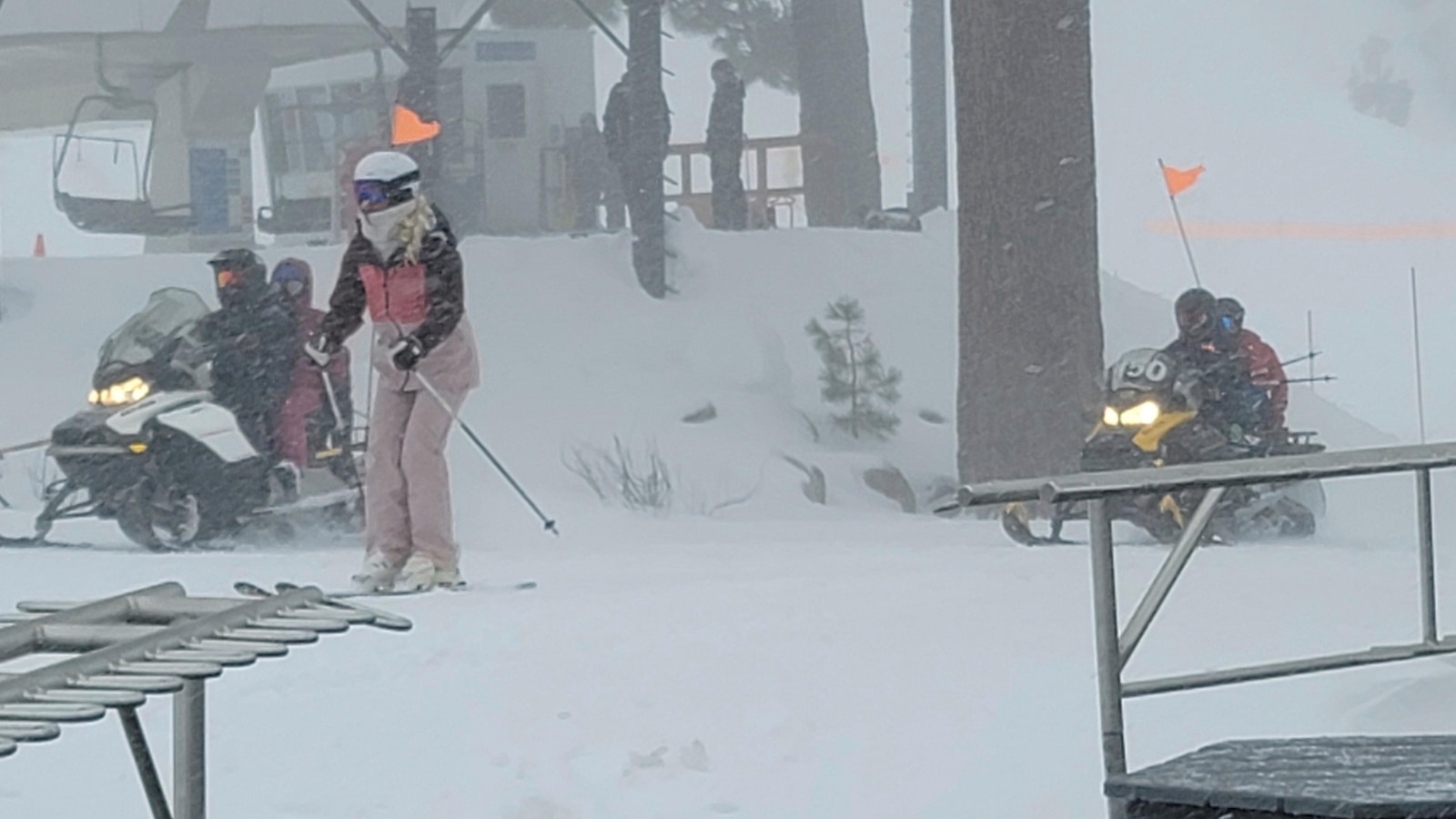Important Information to Stay Safe: High Avalanche Risk in Western US
The beautiful landscapes of the Western United States attract outdoor enthusiasts from all over the world. From skiers and snowboarders to hikers and climbers, this region offers a plethora of opportunities for adventure and exploration. However, it is crucial to be aware of the potential dangers that come with these activities, particularly during periods of high avalanche risk.
Avalanches are a natural phenomenon that occur when a mass of snow slides down a slope. They can be triggered by various factors such as weather conditions, terrain, and human activity. The Western US, with its vast mountain ranges and heavy snowfall, is particularly prone to avalanches.
To ensure your safety and the safety of those around you, it is essential to stay informed about avalanche conditions and take necessary precautions. Here are some important pieces of information to keep in mind:
1. Check Avalanche Forecasts: Before heading out into the backcountry, always check the avalanche forecast for the area you plan to visit. These forecasts are issued by local avalanche centers and provide valuable information about current snowpack stability, avalanche danger levels, and specific areas to avoid.
2. Understand Avalanche Danger Ratings: Avalanche danger ratings are a crucial tool for assessing the risk level in a particular area. These ratings typically range from low to extreme and indicate the likelihood of avalanches occurring. It is important to understand what each rating means and adjust your plans accordingly.
3. Get Proper Training: If you plan on venturing into avalanche-prone areas, it is highly recommended to undergo proper avalanche safety training. Courses such as the Avalanche Safety Training (AST) provide valuable knowledge about recognizing avalanche terrain, understanding snowpack stability, and employing rescue techniques. This training can significantly increase your chances of survival in case of an avalanche incident.
4. Carry Essential Safety Equipment: Always carry essential safety equipment when traveling in avalanche terrain. This includes an avalanche transceiver (also known as a beacon), a shovel, and a probe. These tools are crucial for locating and rescuing buried victims in the event of an avalanche.
5. Travel with a Partner: Traveling with a partner is highly recommended when exploring avalanche-prone areas. In case of an accident, having someone to assist you or call for help can be lifesaving. Additionally, it is crucial to establish a communication plan and practice safe travel techniques, such as traveling one at a time in hazardous areas.
6. Be Mindful of Weather Conditions: Weather conditions play a significant role in avalanche risk. Pay attention to recent snowfall, wind patterns, and temperature changes, as these factors can greatly impact snow stability. Avoid traveling during or immediately after heavy snowfall, strong winds, or rapid temperature fluctuations.
7. Stay Informed During Your Trip: Avalanche conditions can change rapidly, so it is important to stay informed throughout your trip. Continuously assess the snowpack, observe signs of instability (such as recent avalanches or cracking sounds), and adjust your plans accordingly.
8. Respect Closure Areas: Authorities may close certain areas due to high avalanche risk. It is essential to respect these closures and avoid entering restricted zones. These closures are put in place to protect your safety and prevent accidents.
Remember, the mountains are a dynamic environment, and even with proper precautions, there is always some level of risk involved. By staying informed, getting the right training, and being prepared with the necessary equipment, you can minimize the chances of encountering an avalanche and ensure a safe and enjoyable outdoor experience in the Western US.



